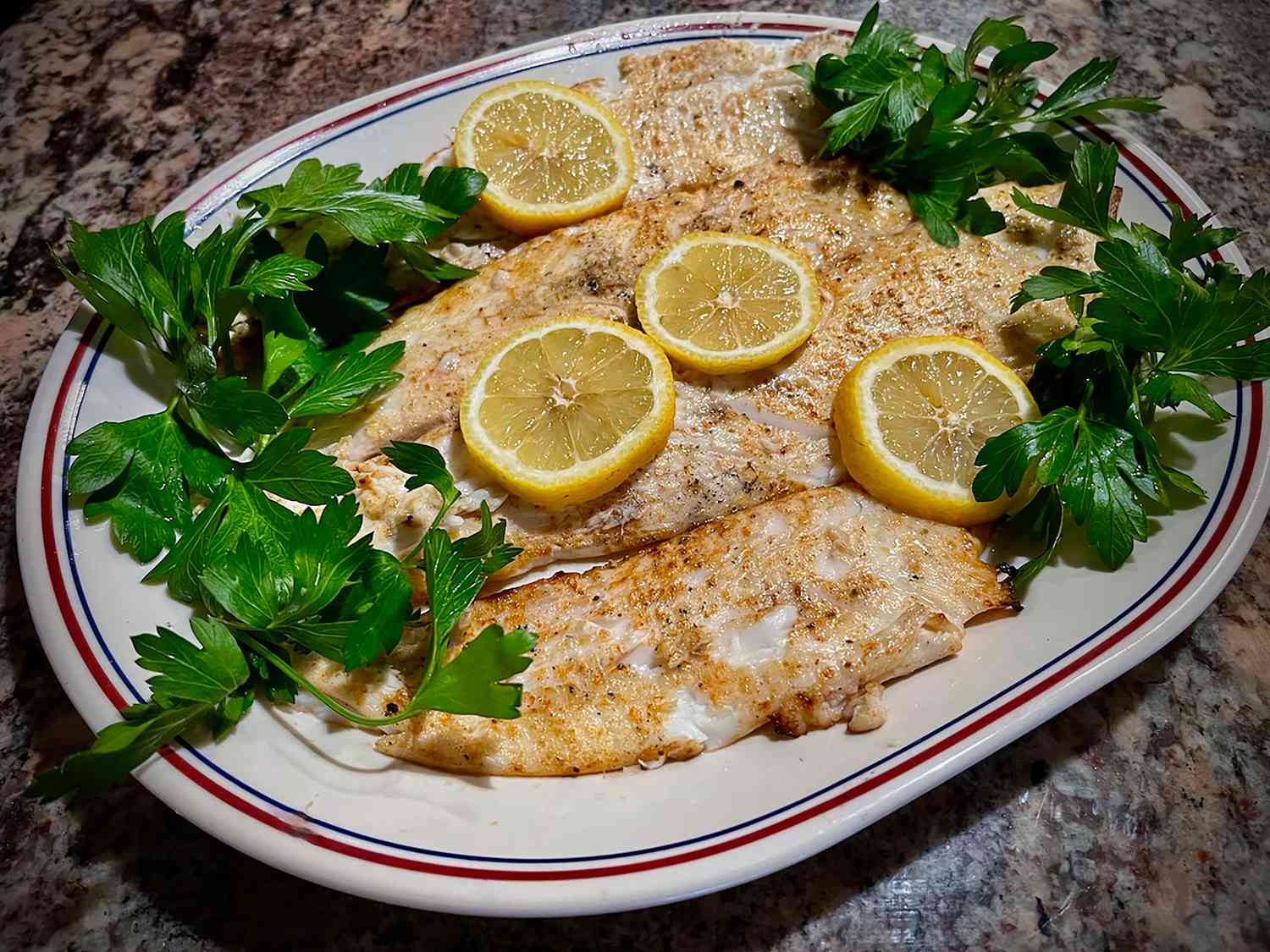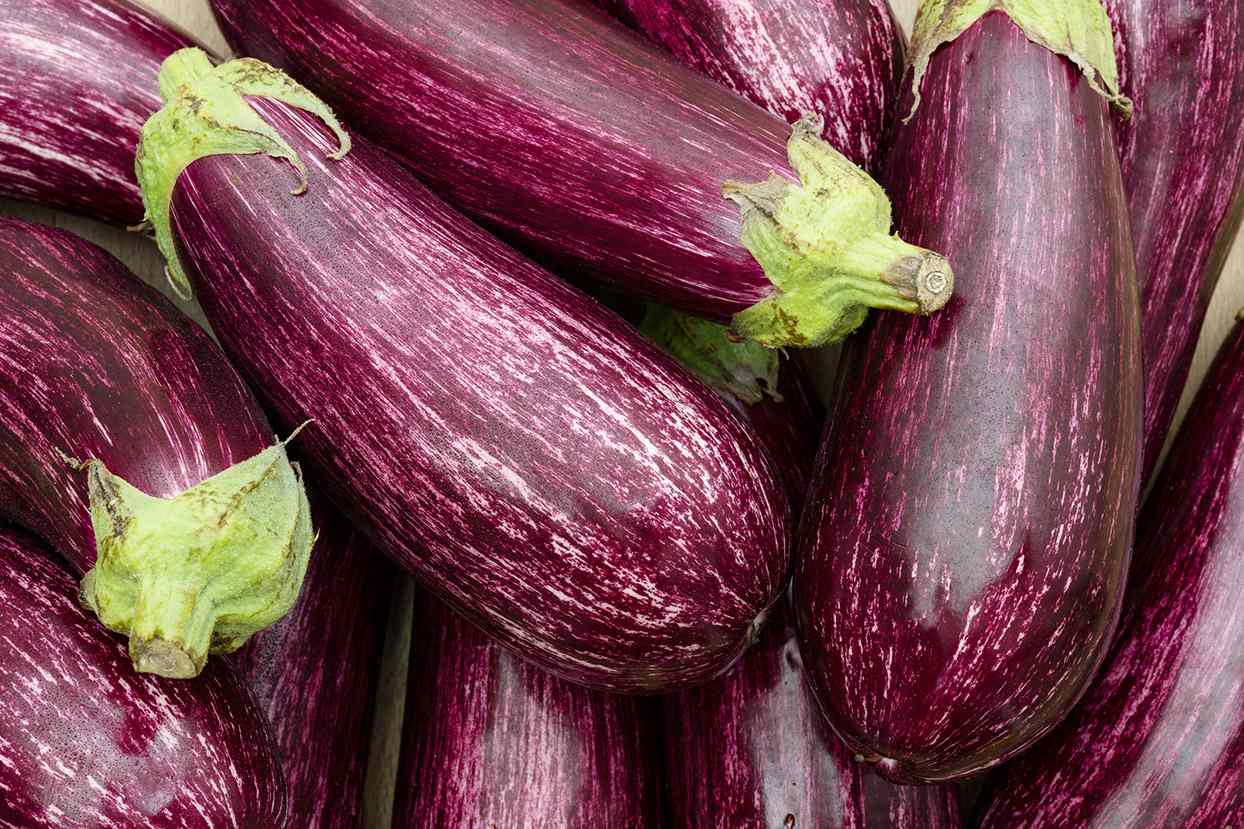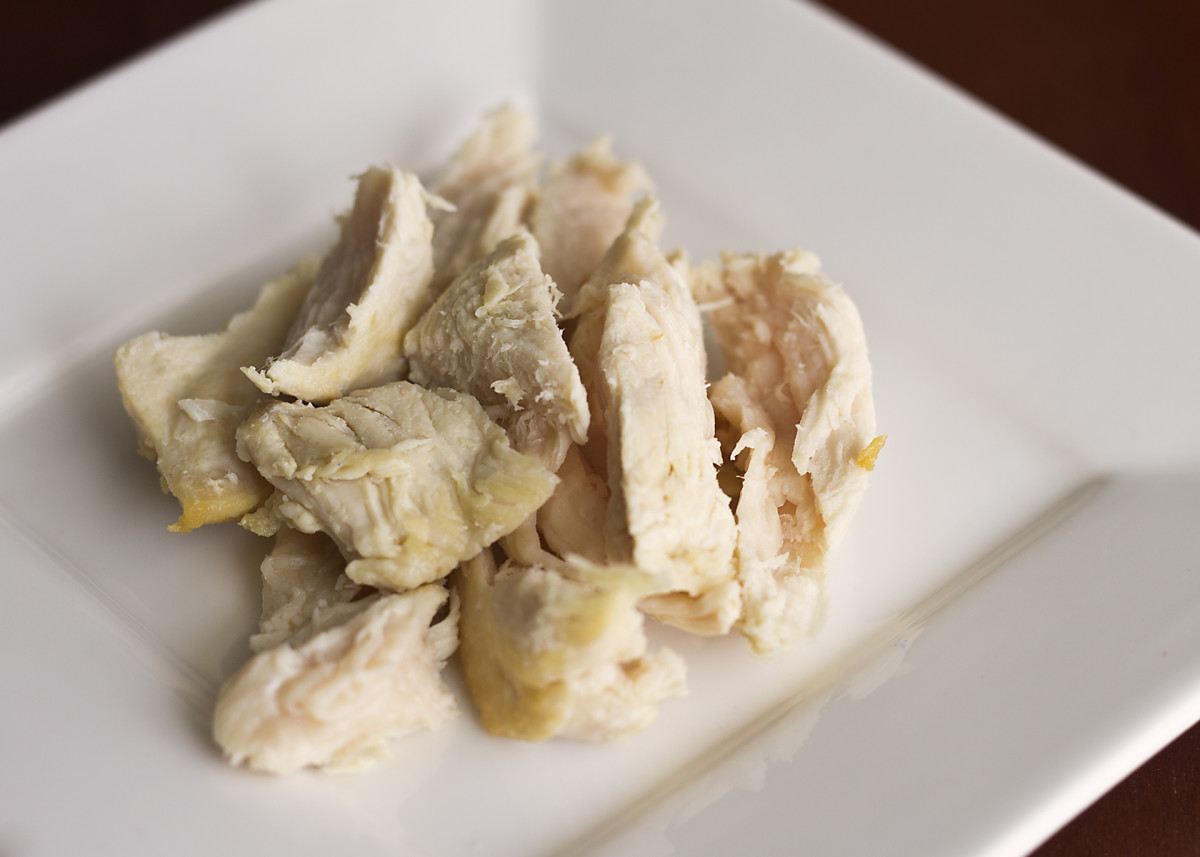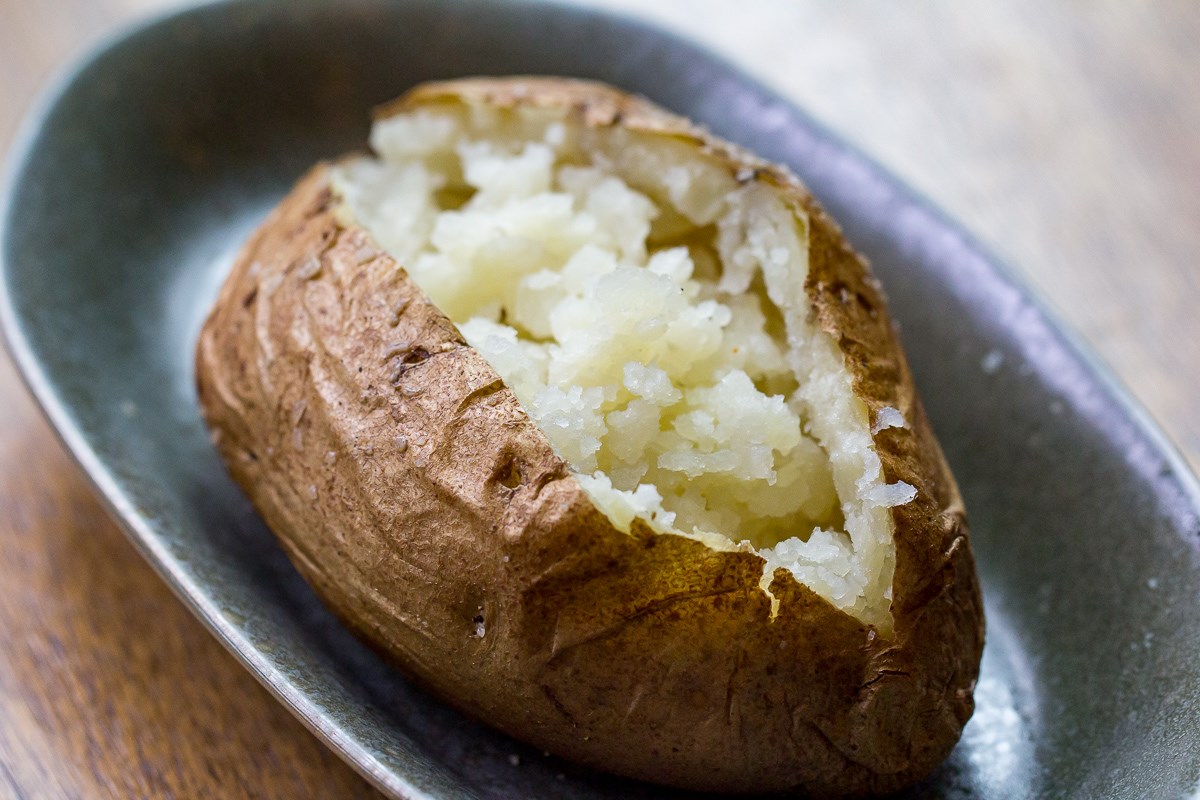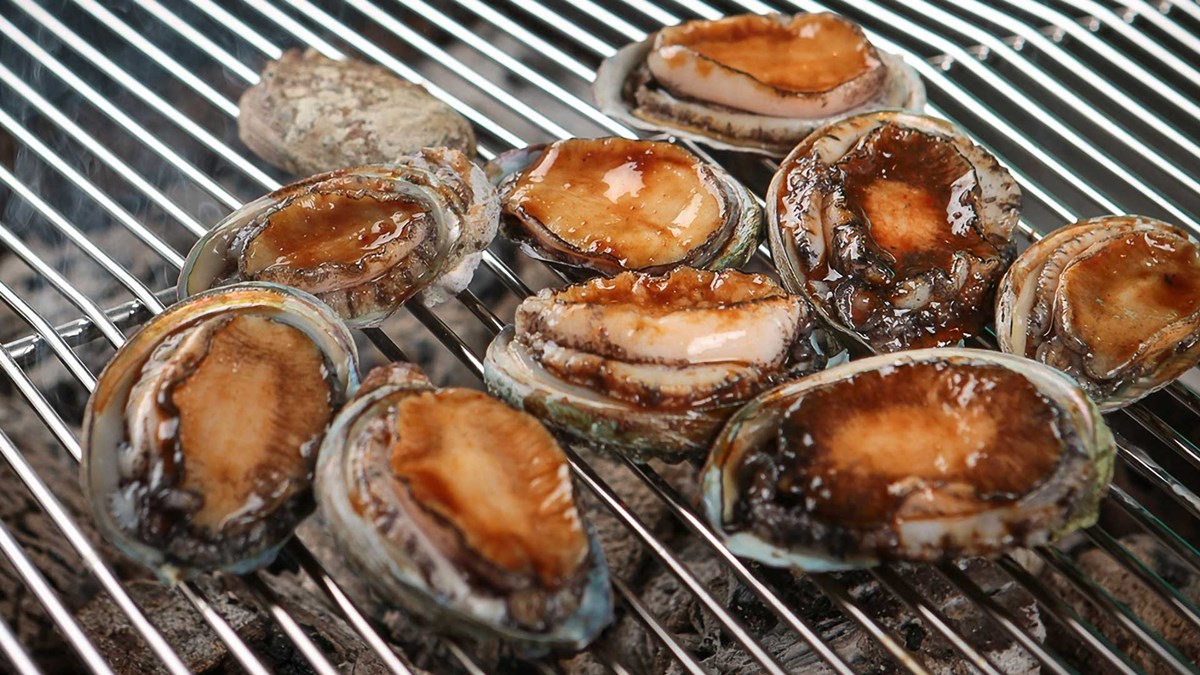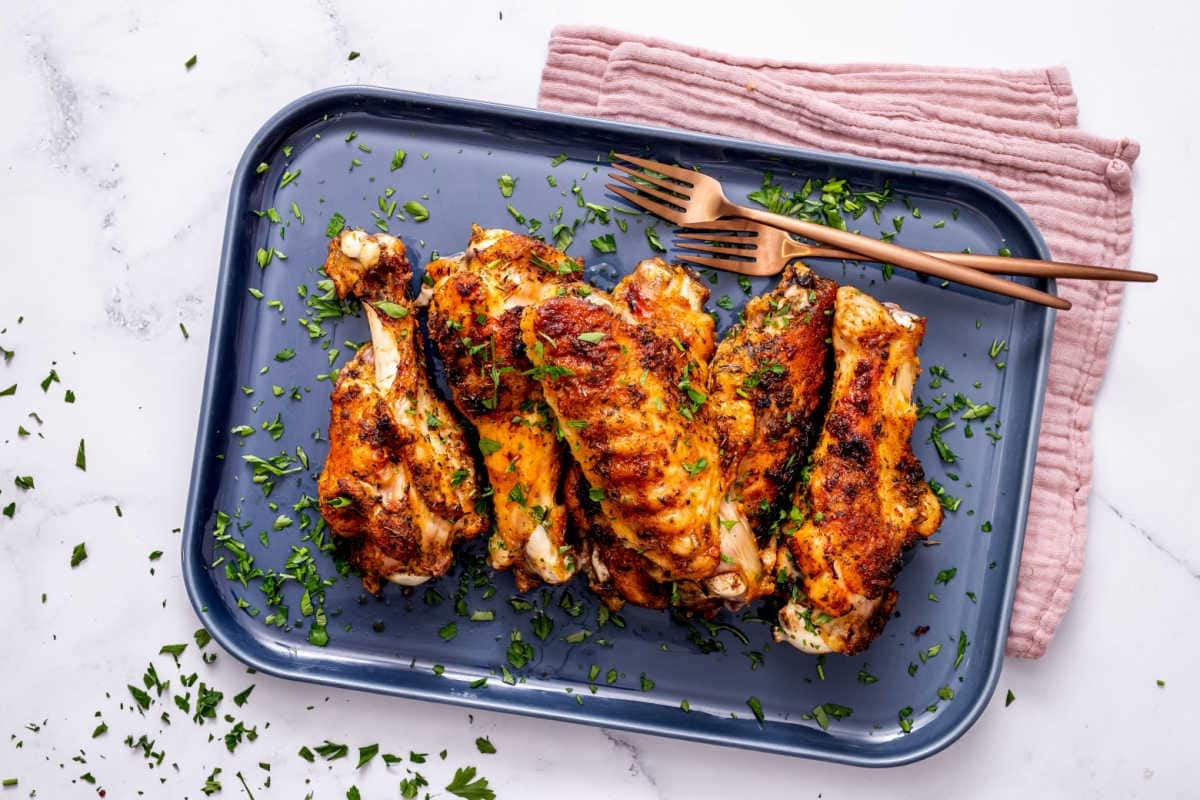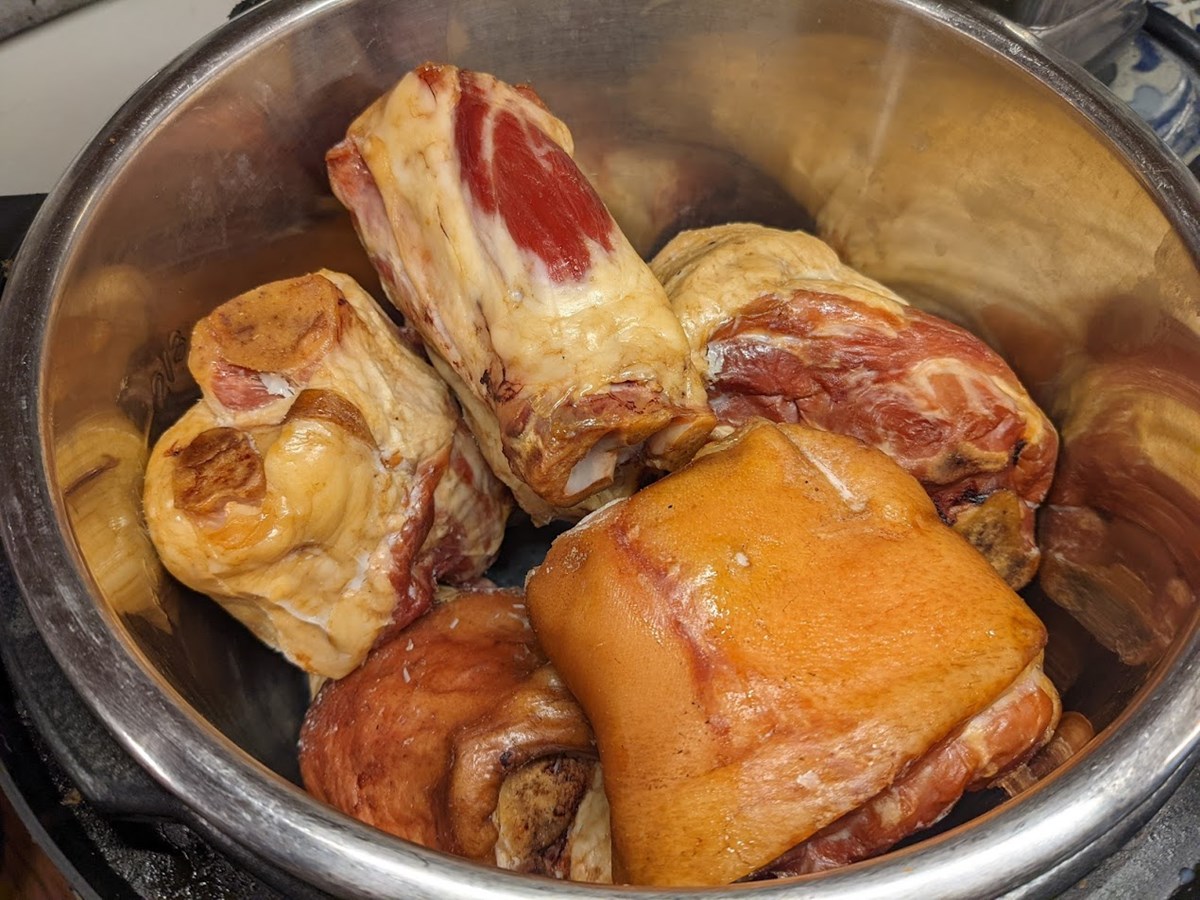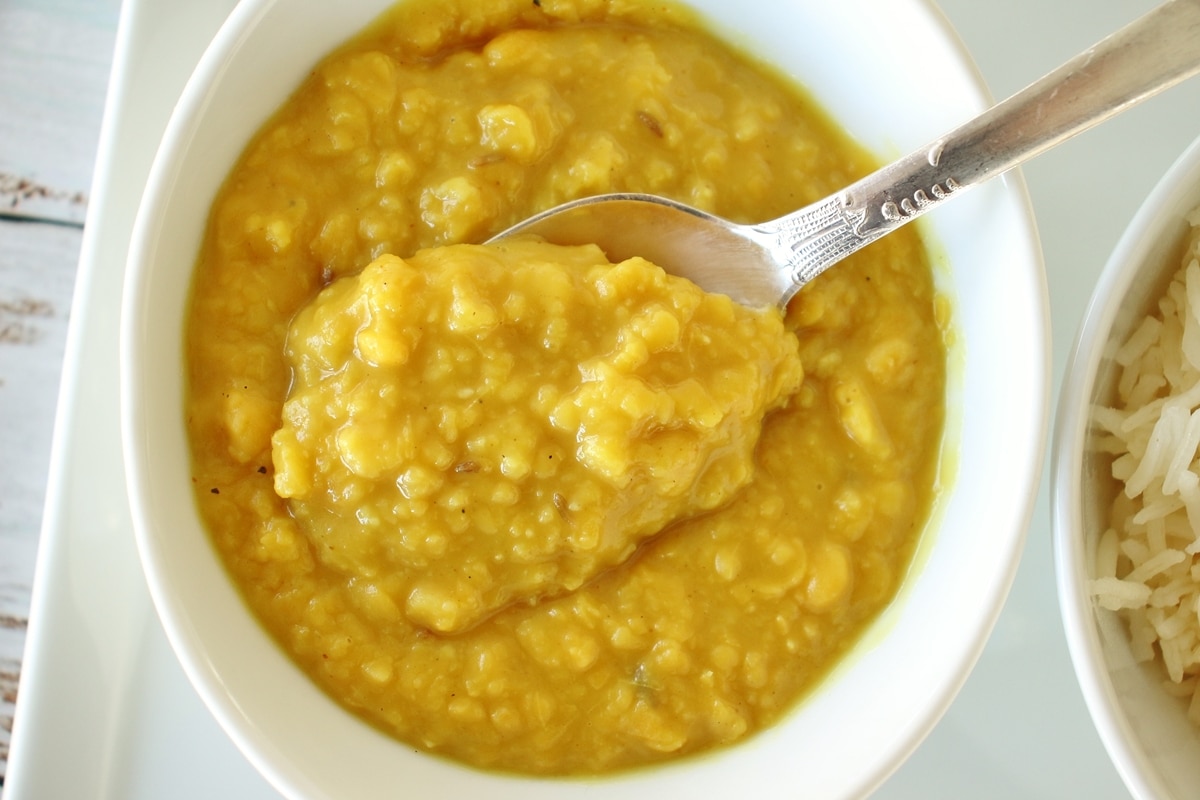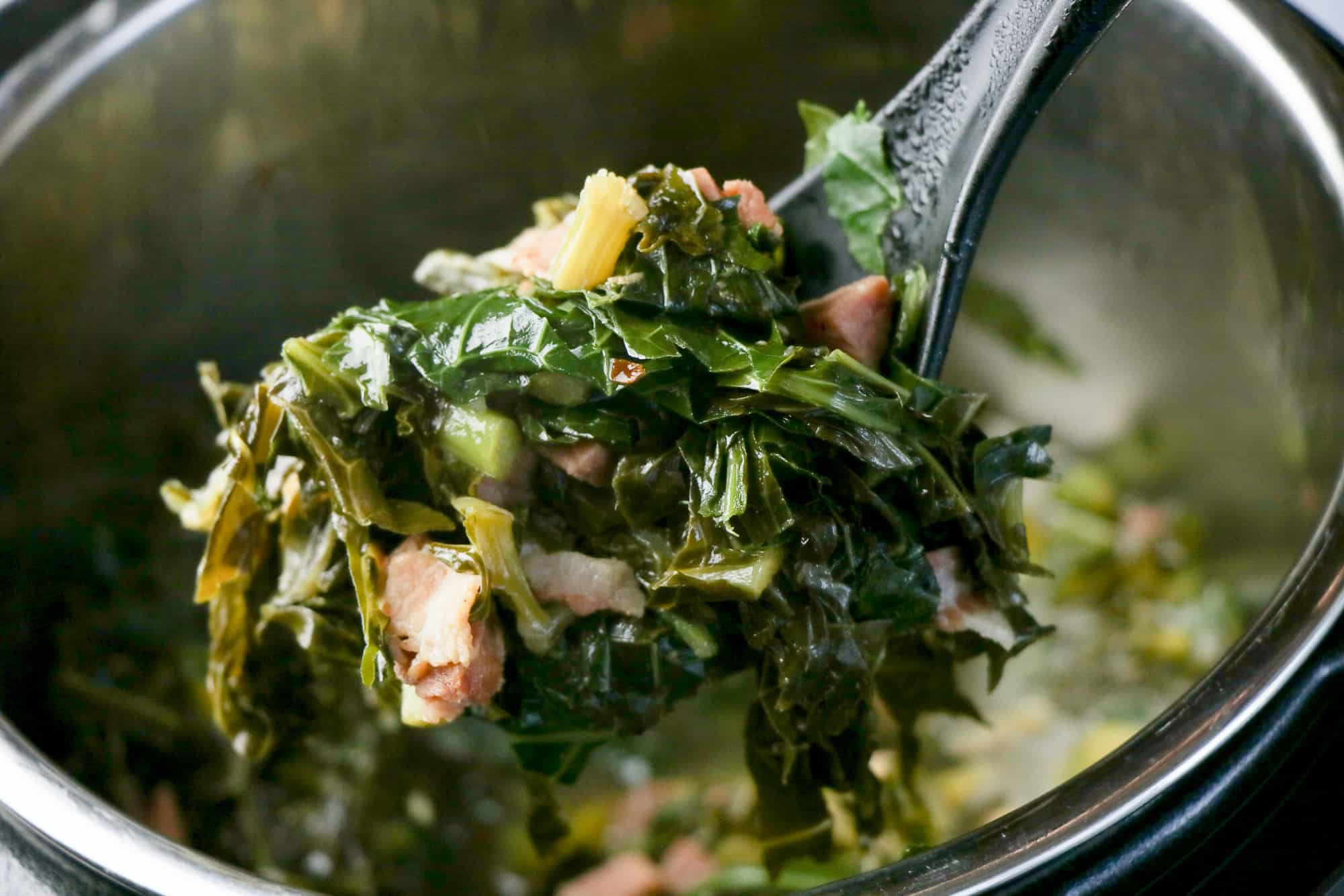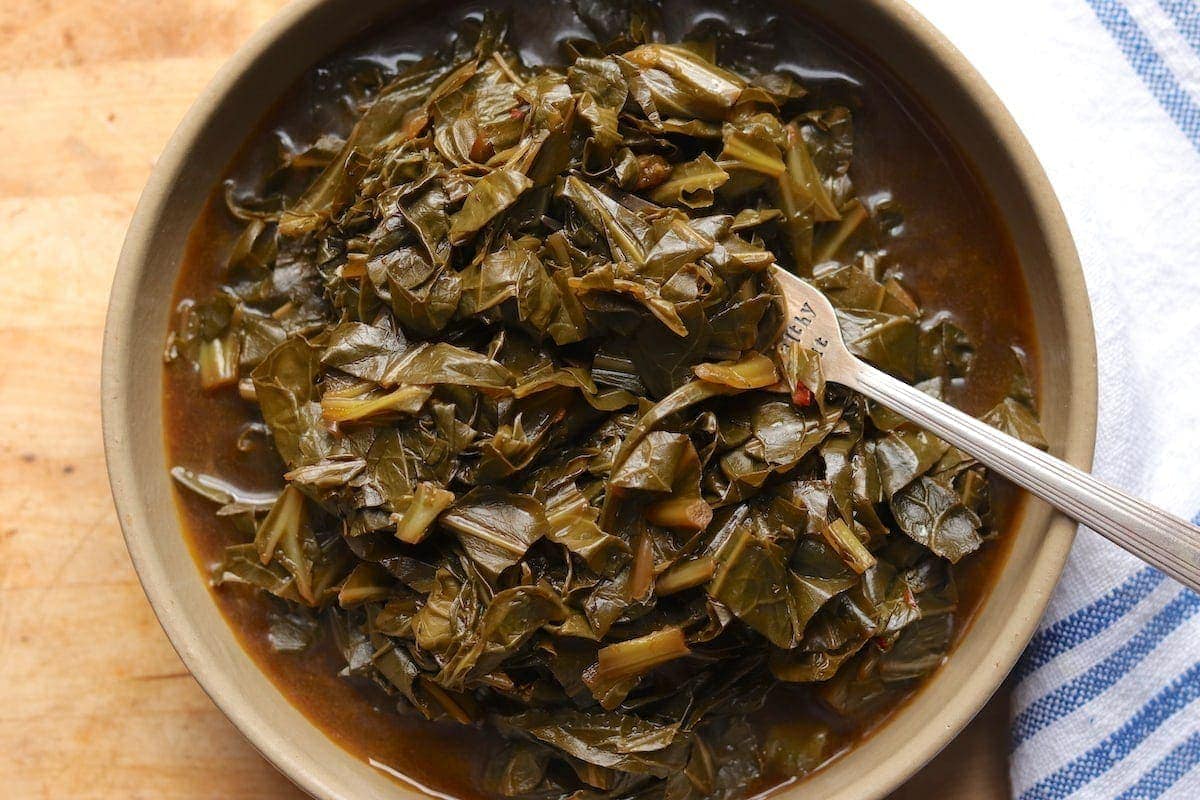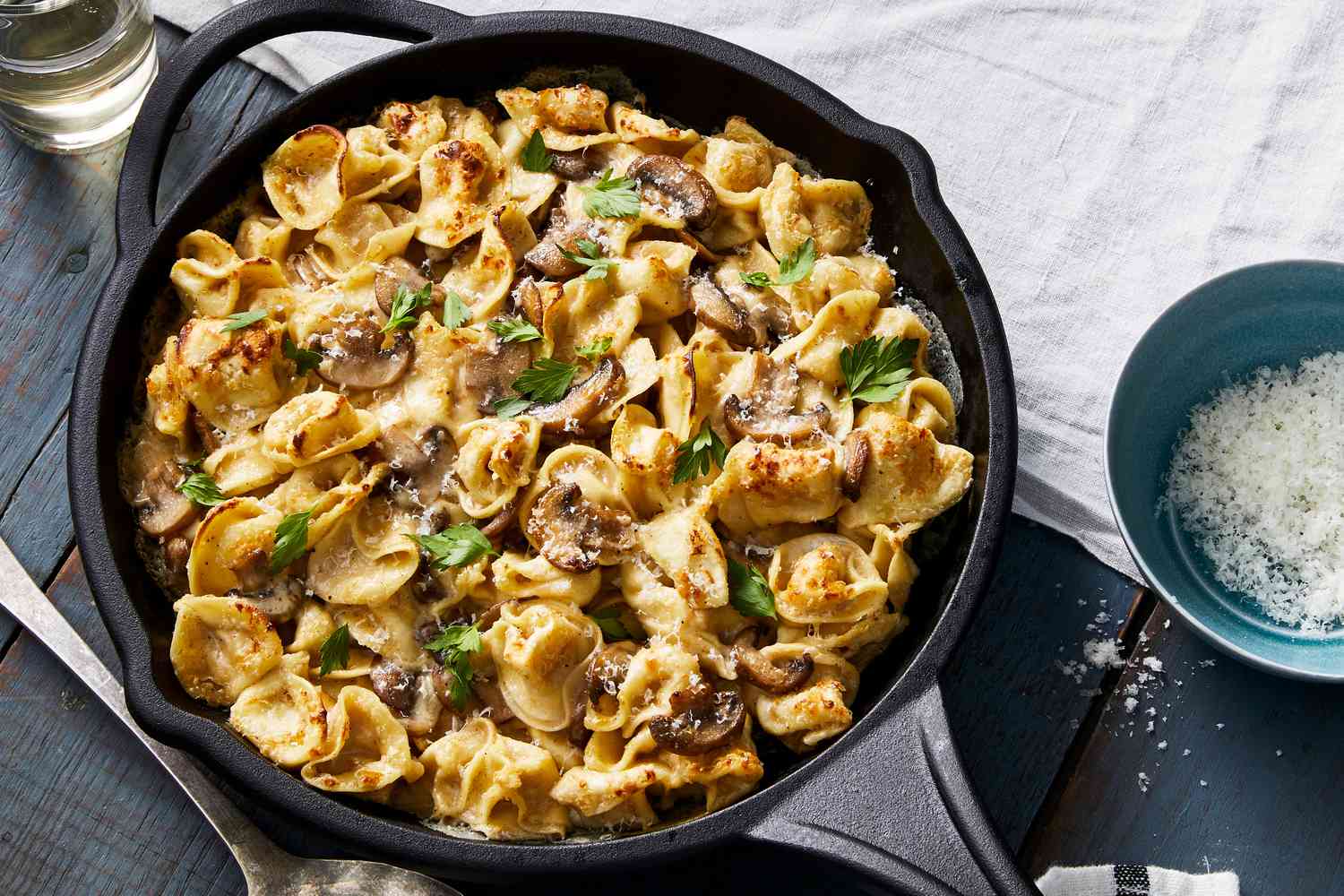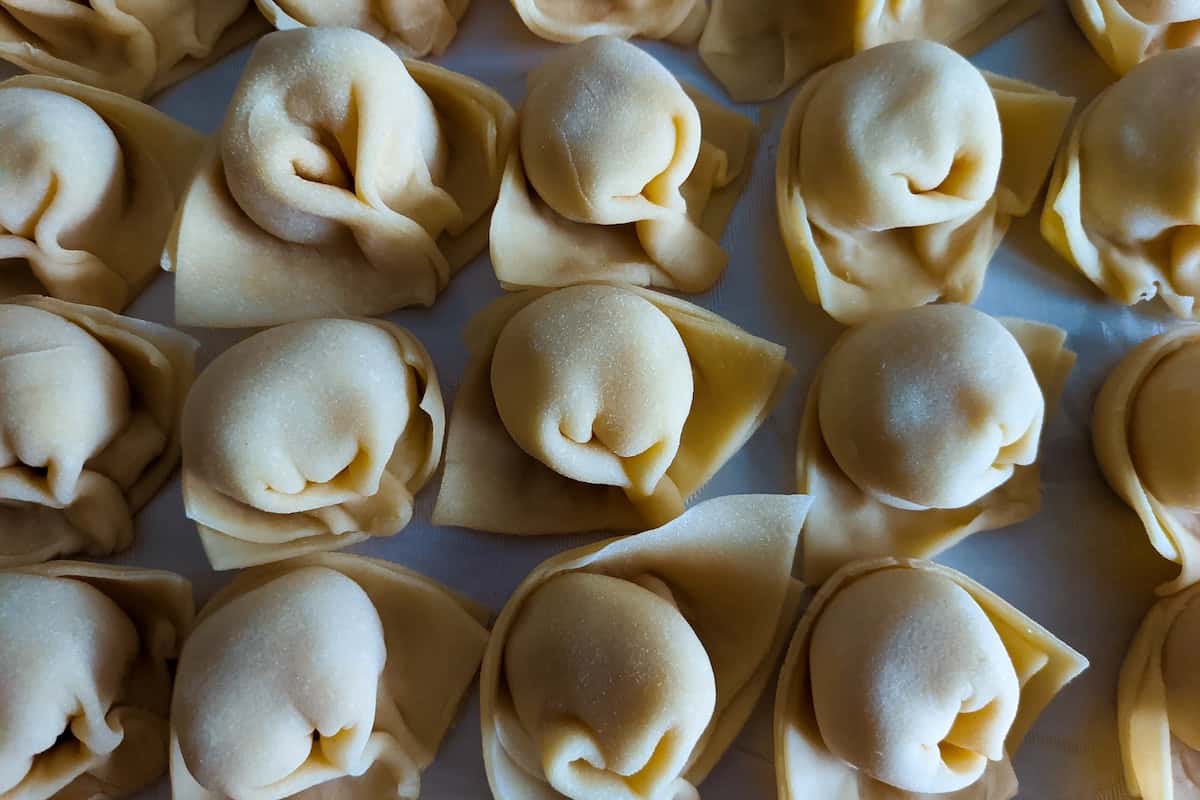Delicious and Mouthwatering: How to Cook Duck Liver
Are you a culinary adventurer, always seeking new and exciting flavors to satisfy your taste buds? If so, then you must try cooking duck liver! Duck liver, also known as foie gras, is a delicacy loved by many food enthusiasts around the world. Its rich and buttery texture, coupled with its unique flavor, makes it a truly memorable dish. In this article, we will guide you through the process of cooking duck liver to perfection.
1. Choosing the Right Duck Liver:
When it comes to cooking duck liver, selecting a high-quality liver is key. Look for fresh, firm, and plump duck livers at your local butcher or specialty food store. The liver should have a vibrant color and a smooth texture. Avoid livers that appear discolored, have an unpleasant odor, or feel overly soft or mushy.
2. Preparing the Duck Liver:
Before cooking, it’s important to properly prepare the duck liver.
- Remove the liver from any packaging and gently rinse it under cold water.
- Pat it dry with a paper towel to remove any excess moisture.
- Using a sharp knife, trim any connective tissues or discolored portions from the liver.
- For a more refined presentation, you can also choose to devein the liver by gently scraping out the veins with the back of a knife.
3. Seasoning and Flavoring:
Enhancing the flavor of the duck liver is essential to create an unforgettable dish. You can season the liver simply with salt and pepper, or get creative by adding herbs, spices, or a splash of your favorite liquor such as cognac or port wine.
Here’s a quick and tasty seasoning option:
- Sprinkle both sides of the liver with salt and freshly ground black pepper.
- For a subtle yet aromatic touch, dust the liver with a pinch of ground cinnamon.
- For a hint of sweetness, drizzle a small amount of honey or maple syrup over the liver.
- Gently rub the seasonings into the liver, ensuring it is evenly coated.
4. Cooking Techniques:
There are various cooking techniques you can employ to bring out the best flavors in duck liver:
- Seared: Heat a skillet over medium-high heat and add a tablespoon of butter or oil. Once hot, add the duck liver and cook for about 1-2 minutes per side, until browned and crispy on the outside while still tender on the inside.
- Poached: Place the seasoned liver in a pot of simmering liquid, such as chicken broth or wine, and cook for 5-8 minutes. This method results in a more delicate and moist texture.
- Terrine: Mix the seasoned duck liver with other ingredients such as herbs, spices, and cream. Pack the mixture into a terrine dish, cover with foil, and bake in a water bath at a low temperature for a couple of hours, until set.
5. Serving Suggestions:
Once you’ve cooked your duck liver to perfection, it’s time to serve and enjoy!
- Slice the cooked liver into thin, elegant portions
- Serve it on a bed of lightly dressed greens or arugula for a refreshing contrast
- Pair it with a crusty baguette or freshly baked bread to soak up the delicious flavors
- Accompany it with a fig compote, caramelized onions, or a drizzle of balsamic reduction for added complexity
Now that you know how to cook duck liver, it’s time to add this gourmet delight to your culinary repertoire. Whether you choose to sear, poach, or prepare it in a terrine, cooking duck liver is a gratifying experience that will impress your taste buds and make any meal feel extraordinary. So grab some high-quality duck liver, get creative with your seasonings, and enjoy the indulgence!
More Delicious Duck Liver Recipes to Try
Now that you've mastered the basics of cooking duck liver, it's time to broaden your culinary repertoire with our diverse range of duck liver recipes. For those starting out, the Seared Foie Gras Recipe offers an exquisite introduction, blending the rich flavors of liver with a sweet and tangy reduction. More adventurous chefs might prefer the complexity of the Liver Terrine Recipe, which pairs the creamy liver with the sharp bite of peppercorns. Finally, don't miss out on the Liver Risotto Recipe, a dish that perfectly showcases how duck liver can elevate a simple risotto to a gourmet level. These recipes not only enhance your cooking skills but also impress at any dining table.
Was this page helpful?
Read Next: How To Cook Bacon In Stainless Steel Pan
